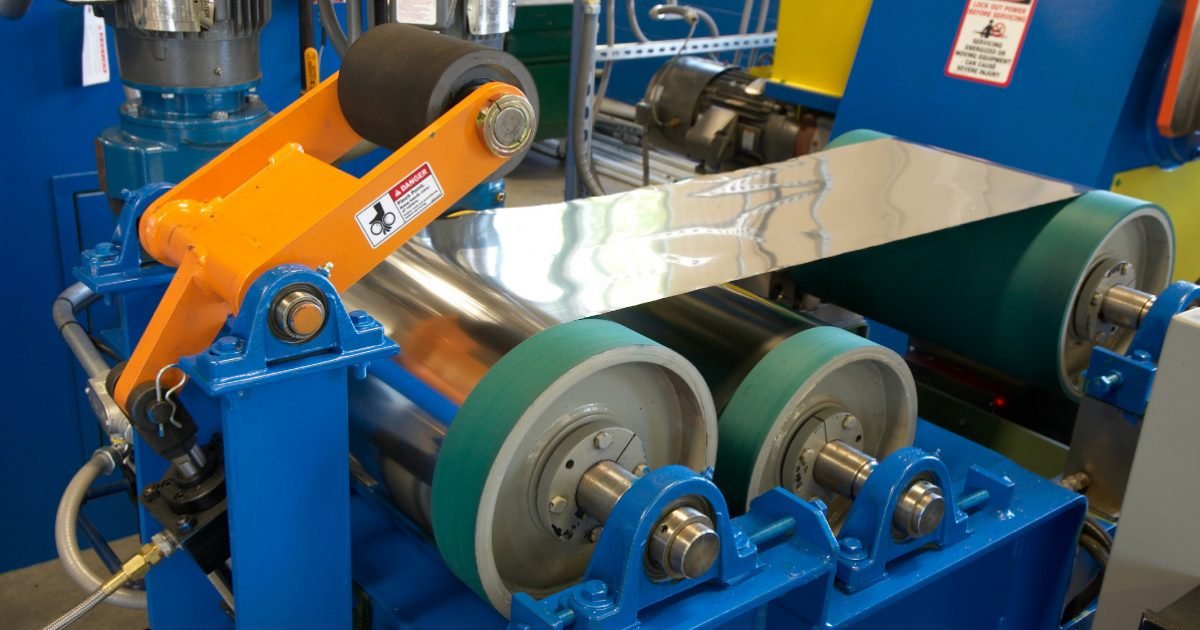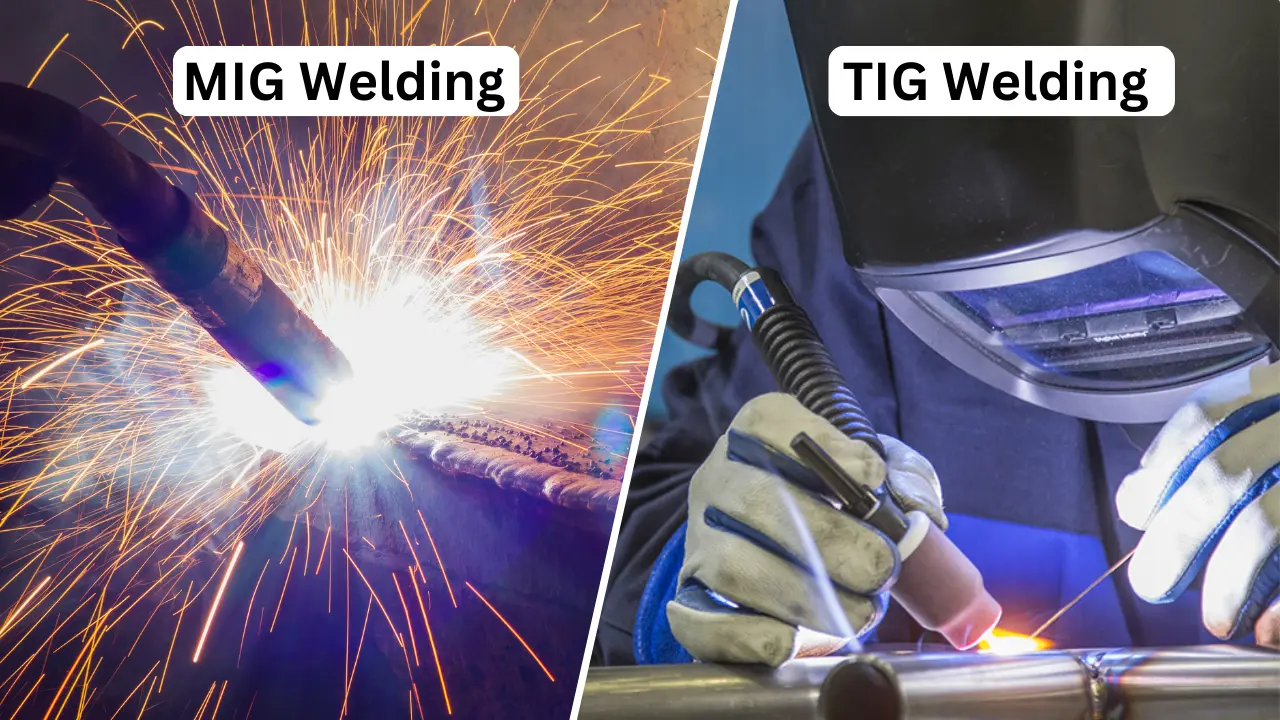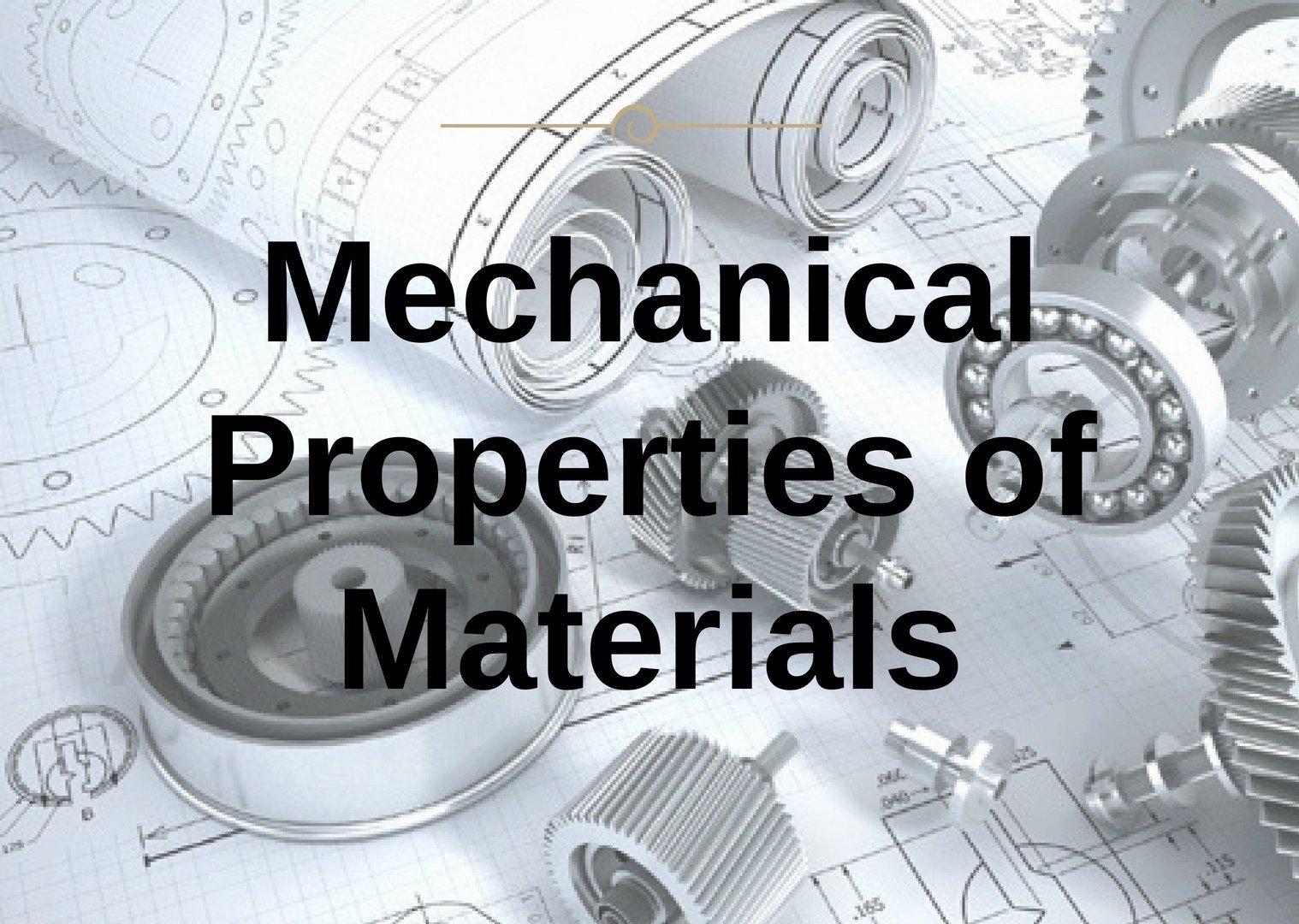What is Non-Metal?
Introduction to Non-Metals Non-metals are materials that exhibit specific properties distinguishing them from metals. In simple terms, non-metals are generally soft, dull in appearance, and poor conductors of heat and electricity. These characteristics set them apart from their metallic counterparts, which are typically shiny, robust, and effective in conducting energy. The definition of non-metals encompasses a diverse range of elements found throughout nature and in various everyday products. One can observe non-metals in the air we breathe. The most prevalent gases, such as oxygen and nitrogen, are classified as non-metals. Oxygen, essential for the survival of living organisms, and nitrogen, which constitutes a significant portion of the Earth’s atmosphere, exemplify how non-metals are vital to life and the environment. Additionally, pencil lead, primarily composed of carbon, serves as another common example of non-metals in daily life. Despite being called “lead,” it is actually a carbon-based material that writes smoothly on paper. Moreover, non-metals are present in various products we use regularly, such as plastic bottles. These bottles are made from carbon-based compounds, demonstrating how non-metals play an important role in modern convenience. Water, comprising hydrogen and oxygen, is another crucial substance consisting of non-metal elements, highlighting their presence in essential compounds. When comparing non-metals to metals, the differences are striking. Metals are known for their shiny appearance, strength, and ability to conduct heat and electricity proficiently. In contrast, non-metals are typically lighter, dull, and serve as excellent insulators, thus preventing the transfer of heat and electricity. This distinction in properties fosters a deeper understanding of their application and significance in various fields, ranging from industrial to everyday use, revealing the importance of non-metals in our lives. Structure and Science Behind Non-Metals Non-metals are characterized by their unique atomic and molecular structures, which differentiate them significantly from metals. At the atomic level, non-metals are composed of much smaller atoms that are not as tightly packed as those found in metals. This looser arrangement results in the formation of molecular structures that are often more fragile and less dense. Unlike metals, where the atoms can be visualized as children holding hands in a circle, non-metal atoms resemble balloons floating apart in the air, illustrating their weaker connectivity and spacing. The bonds between non-metal atoms tend to be comparatively weak. This weakness contributes to several of their characteristic properties, including brittleness and a tendency to easily break or shatter under stress. For instance, substances such as sulfur or phosphorus can crumble easily compared to the ductile nature of metals like copper or aluminum. This phenomenon is largely due to their atomic structure, which lacks the strong metallic bonds that provide metals with their cohesive strength and durability. In terms of electron configuration, non-metals generally have a higher electronegativity compared to metals, meaning they have a stronger attraction for electrons. This leads to the formation of covalent bonds among non-metal atoms or molecular interactions with other non-metals. Such bonds often facilitate the creation of complex molecules, as seen in organic and inorganic compounds, highlighting the diversity inherent in non-metallic structures. Overall, the similarities and differences in atomic bonding among non-metals and metals elucidate why non-metals exhibit distinct characteristics, including their physical states, reactivity levels, and chemical behaviors. Properties of Non-Metals Non-metals are a unique group of elements that exhibit various interesting properties. To understand these properties better, we can observe some key characteristics that define non-metals. One of the most noticeable traits of non-metals is that they are dull, meaning they do not have the shiny appearance commonly associated with metals. For instance, if you look at a piece of charcoal, you will see it lacks shine and has a matte finish. This dullness is an important characteristic that helps us identify non-metallic substances. Another significant property of non-metals is their brittleness. Unlike metals that can be bent or molded without breaking, non-metals tend to break easily when force is applied. For example, if you attempt to break a piece of sulfur or phosphorus, you will notice it fractures rather than bends, showcasing its brittle nature. When it comes to conductivity, non-metals are generally poor conductors of heat and electricity. This means they do not allow heat or electric current to flow through them easily. For example, rubber is a common non-metal that is used to insulate electrical wires, preventing electricity from escaping and helping to protect us from electric shock. Additionally, non-metals are often lightweight, especially the gaseous ones like oxygen and nitrogen. These gases are lighter than many metals and can easily fill up spaces, making them essential for life on Earth. Non-metals also have low melting and boiling points compared to their metallic counterparts. For instance, water, which is a non-metallic liquid, can easily change from ice (solid) to liquid and then to vapor (gas) at relatively low temperatures. This property allows non-metals to exist in all three states of matter: solids, liquids, and gases. Examples include carbon (solid), bromine (liquid), and carbon dioxide (gas). These diverse properties highlight the intriguing nature of non-metals and their crucial roles in our environment and daily lives. Types and Examples of Non-Metals Non-metals constitute a diverse group of elements that possess distinct characteristics compared to metals. Among the most notable non-metals are oxygen, carbon, nitrogen, sulfur, phosphorus, iodine, and bromine. Each plays a vital role in various processes essential for life and industrial applications. Oxygen, for instance, is integral to the respiration process in humans and animals. It is the most abundant non-metal and is found in the Earth’s atmosphere, accounting for approximately 21% of it. This gas facilitates the production of energy in living organisms, making it crucial for survival. Carbon is another essential non-metal, forming the backbone of organic chemistry. Found in all known life forms, carbon exists in various allotropes, including diamond and graphite. Its versatile bonding capabilities enable the formation of complex molecules essential for cellular structures, genetic material, and fuels such as coal and oil. Nitrogen constitutes around 78% of the Earth’s atmosphere and is essential for the
What is Non-Metal? Read Post »







